
Archaeology thanks to computer-based research
A mix of data research, artificial intelligence and archaeology led to lively discussions on 31 January. On that day the unique event 'AI & Data Science @ Archaeology' took place in which the Data Science Research Programme (DSRP), SAILS and the Faculty of Archaeology joined forces.
AI & Data Science @ Archaeology
At the start of the event, Dean of Archaeology Jan Kolen stressed the importance of digital archaeology. 'Computer techniques such as spatial analysis, 3D modeling, simulation, image analysis open up new avenues for archaeological research and have significantly broadened the understanding of the human past,' says Kolen. 'An understanding which is still growing.'

PhD students of DSRP talk about algorithms in their research
Thanks to measurements with satellites and other forms of remote sensing, archaeologists can retrieve an enormous amount of data. On scans of the landscape, they hope to find undiscovered archaeological objects. 'It is impossible to search for them 'manually',' says the next speaker Wouter Verschoof - Van der Vaart, PhD student of the DSRP. 'That is why archaeologists try to design different algorithms for observing specific objects in a particular area.'
Verschoof - Van der Vaart identified an AI system that is very suitable for examining digital scans of areas. This so-called Region-based Convolutional Neural Network (R-CNN) learns to search for objects based on examples he provides. He searches, for example, for the locations of burial mounds, prehistoric field systems, and pits used to burn wood for charcoal. The more examples he provides, the better the R-CNN can perceive objects.
Alex Brandsen, also a PhD student of DSRP, discussed how he uses data mining methods to search online available fieldwork reports and use them for research. At the moment it is only possible to search in the metadata of these documents. This means that a search engine only searches in the title or abstract. As a result, a lot of useful information remains unnoticed. Brandsen presented an intelligent search engine (AGNES) that makes it possible to search in the full text of reports and on specific concepts, such as time periods or artifacts.
-
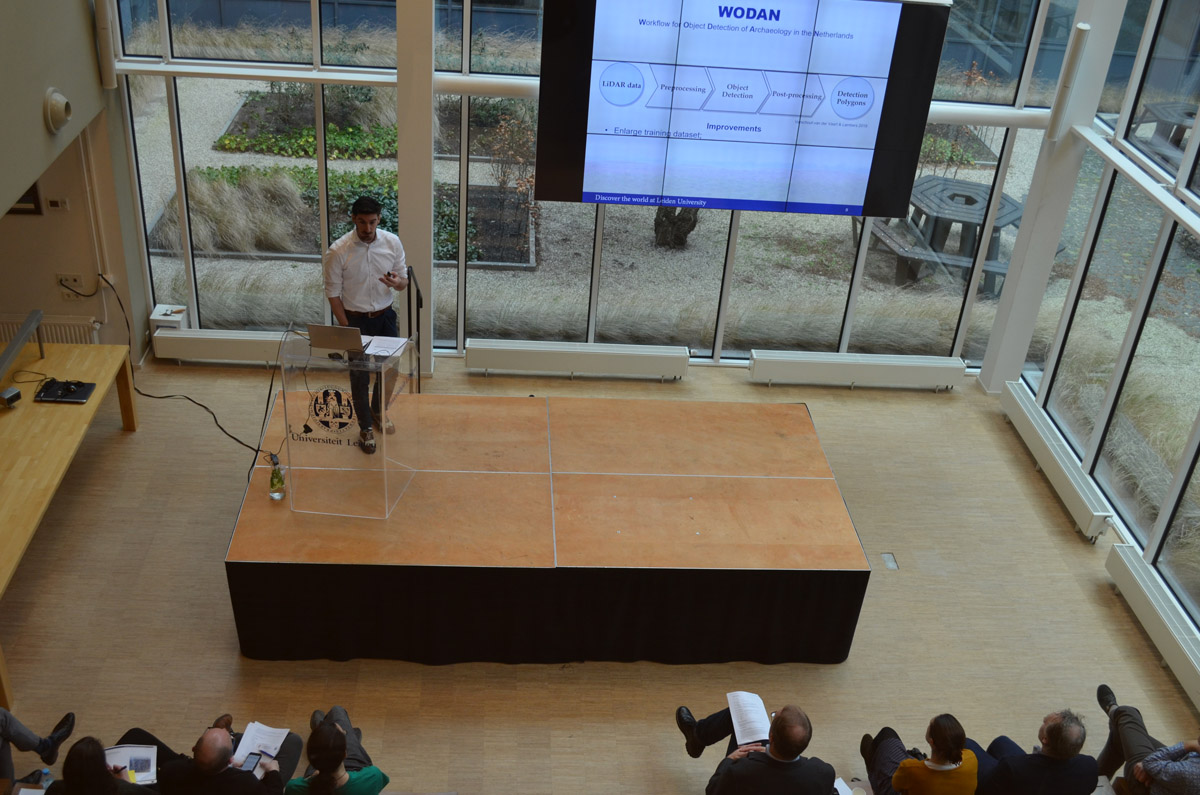
Wouter Verschoof – Van der Vaart about the AI-system R-CNN. -
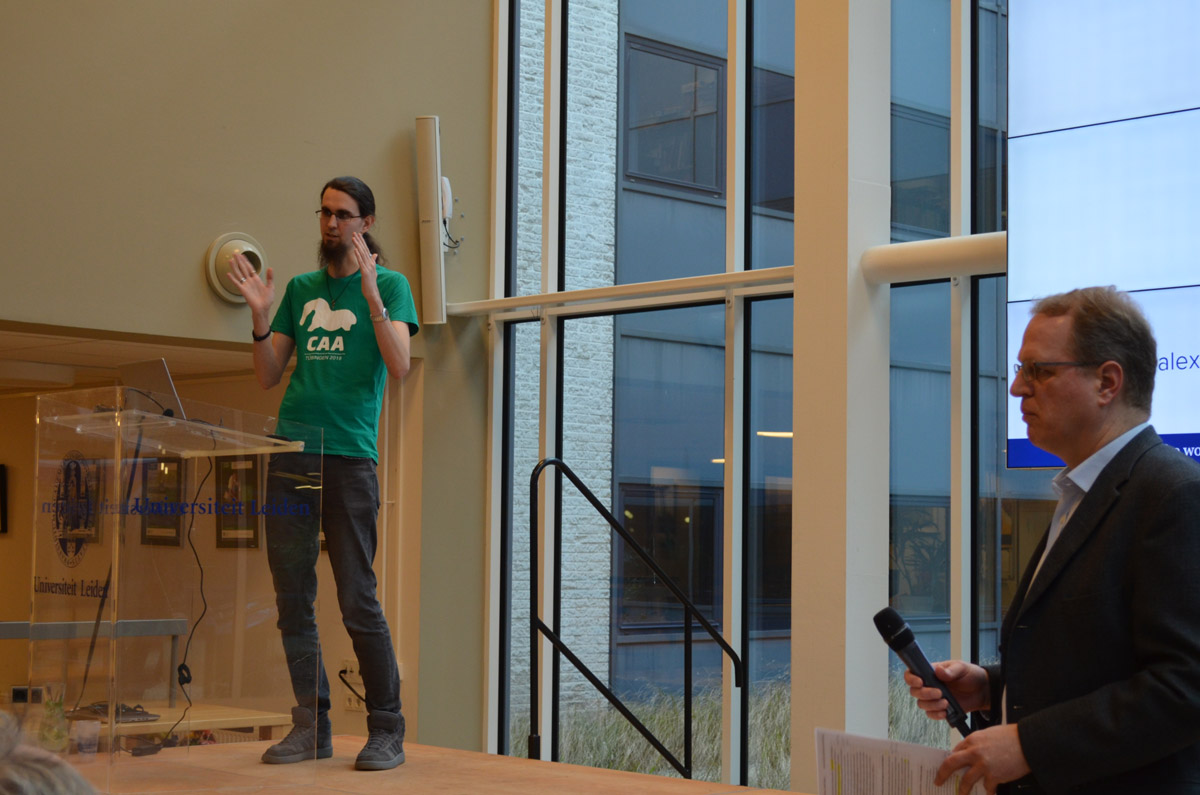
Alex Brandsen about AGNES and moderator Karsten Lambers.
Sex determination in skeletons easier and more objective
Determining the sex of human skeletons is seen as one of the most crucial steps in archaeology, forensic research, and Disaster Victim Identification, according to master student of Archaeology Anne Dijkstra. For this, different characteristics of the pelvis and skull are scored. 'Although this is very accurate, in practice it turns out that it does not include aspects such as bone fragmentation or decomposition of bones. This results sometimes in less accurate measurements,' Dijkstra said. 'By looking at the heel bone of various remains of adult individuals, we have been able to develop a new algorithm. The result is promising. With this algorithm, we will be able to determine the sex of human remains faster and more objectively in the future'.

HomininSpace
Archaeology researcher Fulco Scherjon's interest lies in the identification of modern human behavior. In his current research, he focuses on the distribution of neanderthals in northwestern Europe. Scherjon uses the so-called HomininSpace modeling and simulation system to map the migration pattern of Neanderthals. With HomininSpace he can model and simulate former hominines in a realistic environment.
'Neanderthals and early modern humans lived together at the same time. But there are still many questions. For example, which areas they lived in. HomininSpace can give suggestions for this,' Scherjon said. He entered 83 archaeological neanderthal sites in Western Europe into the system. The system used these data to compare them with the simulation results. 'The uniqueness of HomininSpace is that it searches for the model that produces the best matches with the archaeological findings. The system indicates the plausibility that a neanderthal was in a specific place or lived in a specific way.'
-
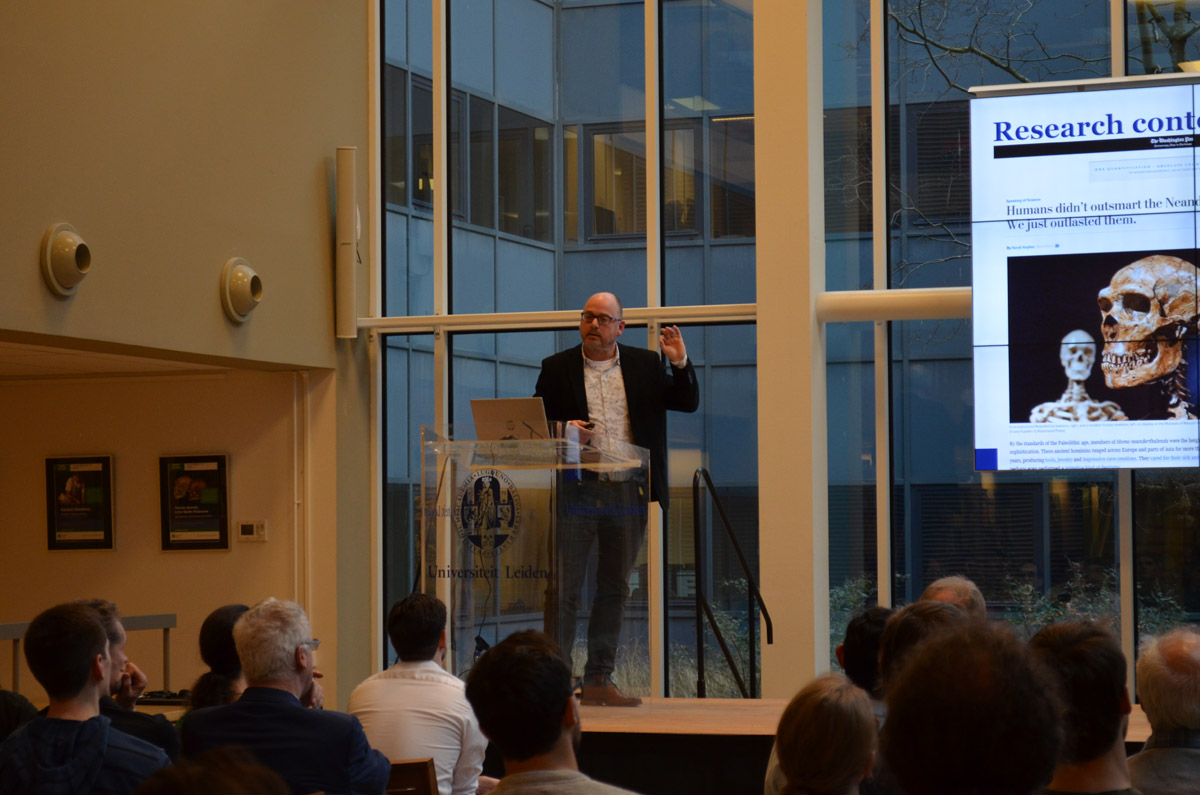
Fulco Scherjon describes the modelling and simulationsystem HomininSpace. -
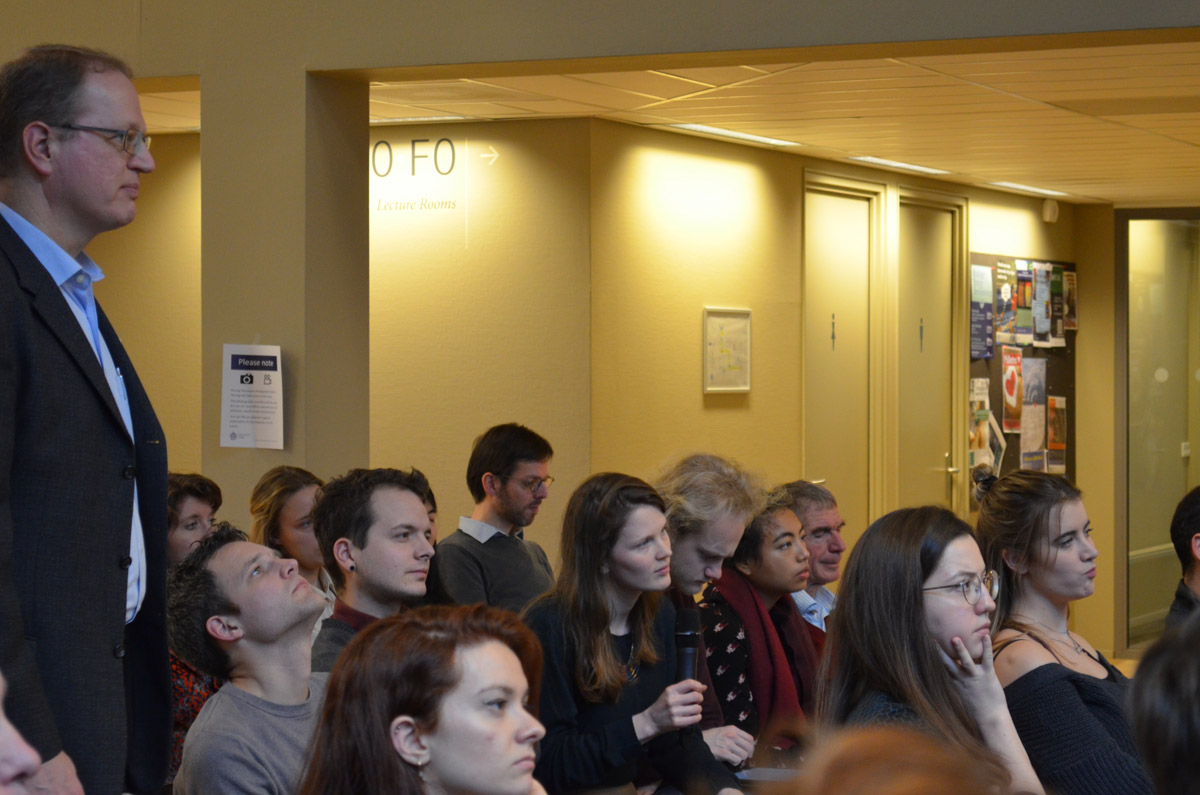
Between the presentations there was a lively discussion between the audience and the speakers, led by moderator and researcher in Archaeological Computer Sciences Karsten Lambers. -
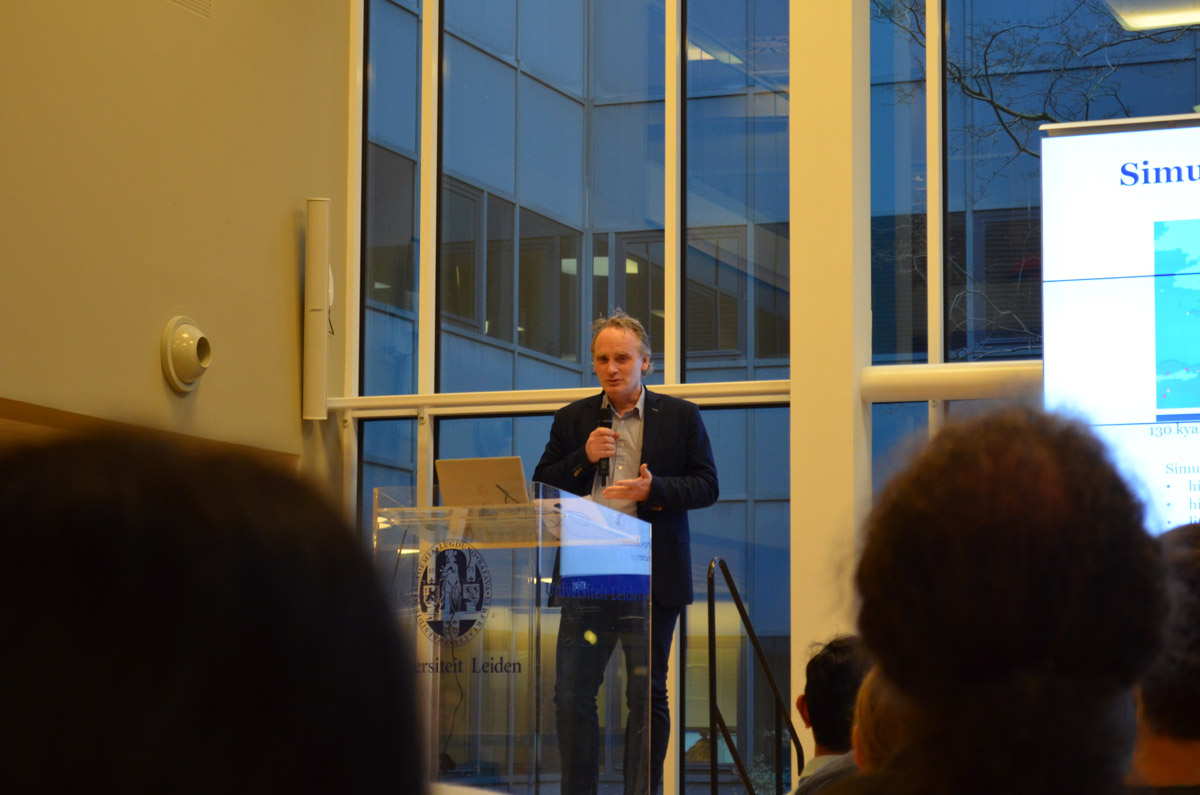
Aske Plaat, director of the SAILS programme, closed the afternoon with a word of thanks to the speakers and the announcement of the freely accessible '360 Degrees of Data Science' symposium that will take place on 6 March in PLNT Leiden.
The Data Science Research Program (DSRP) combines PhD research from various disciplines with data science. Wouter Verschoof - Van der Vaart and Alex Brandsen are affiliated to this programme as PhD students.
SAILS or Society (Social Sciences, Humanities, Law, Archeology, Governance & Global Affaires) Artificial Intelligence and Life Sciences is one of the new, university-wide programs which is financially supported by the Leiden University Board. The aim is to broaden and deepen the current expertise in the field of Artificial Intelligence.
